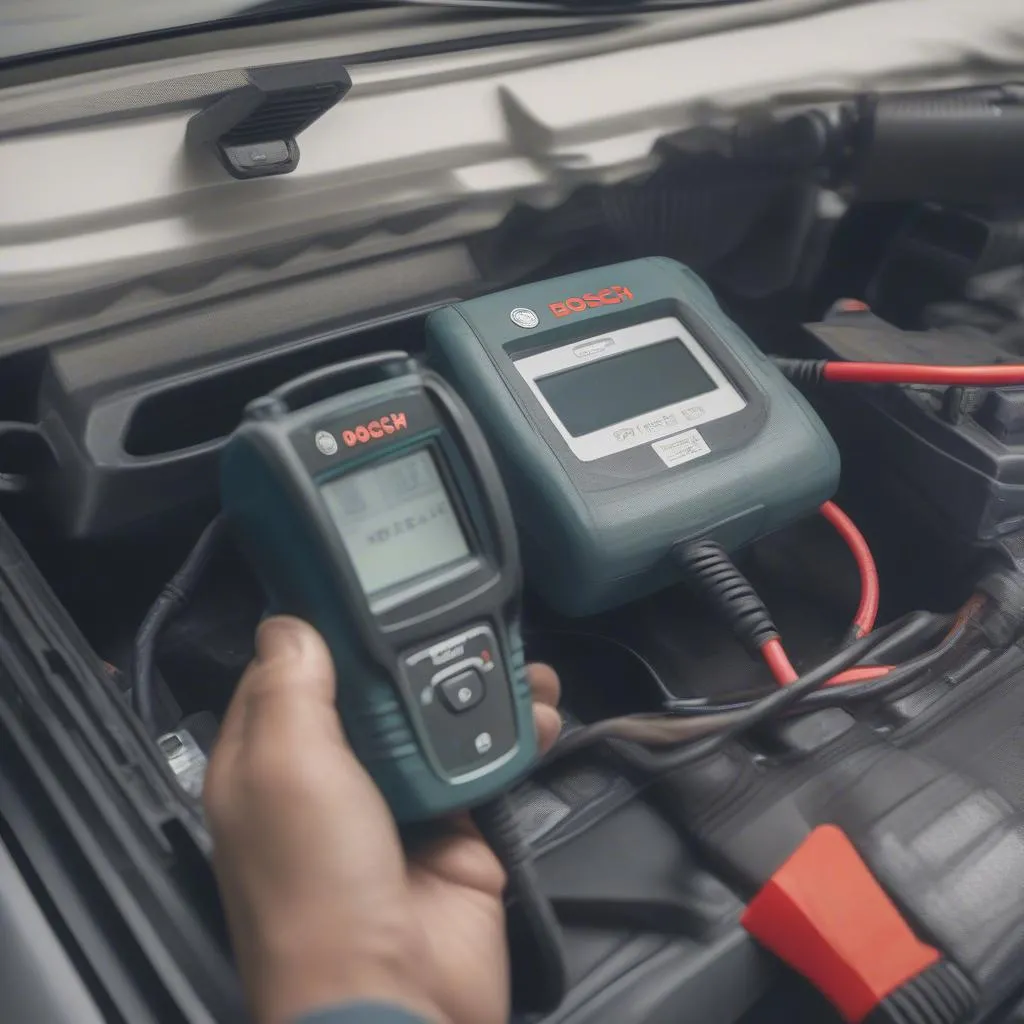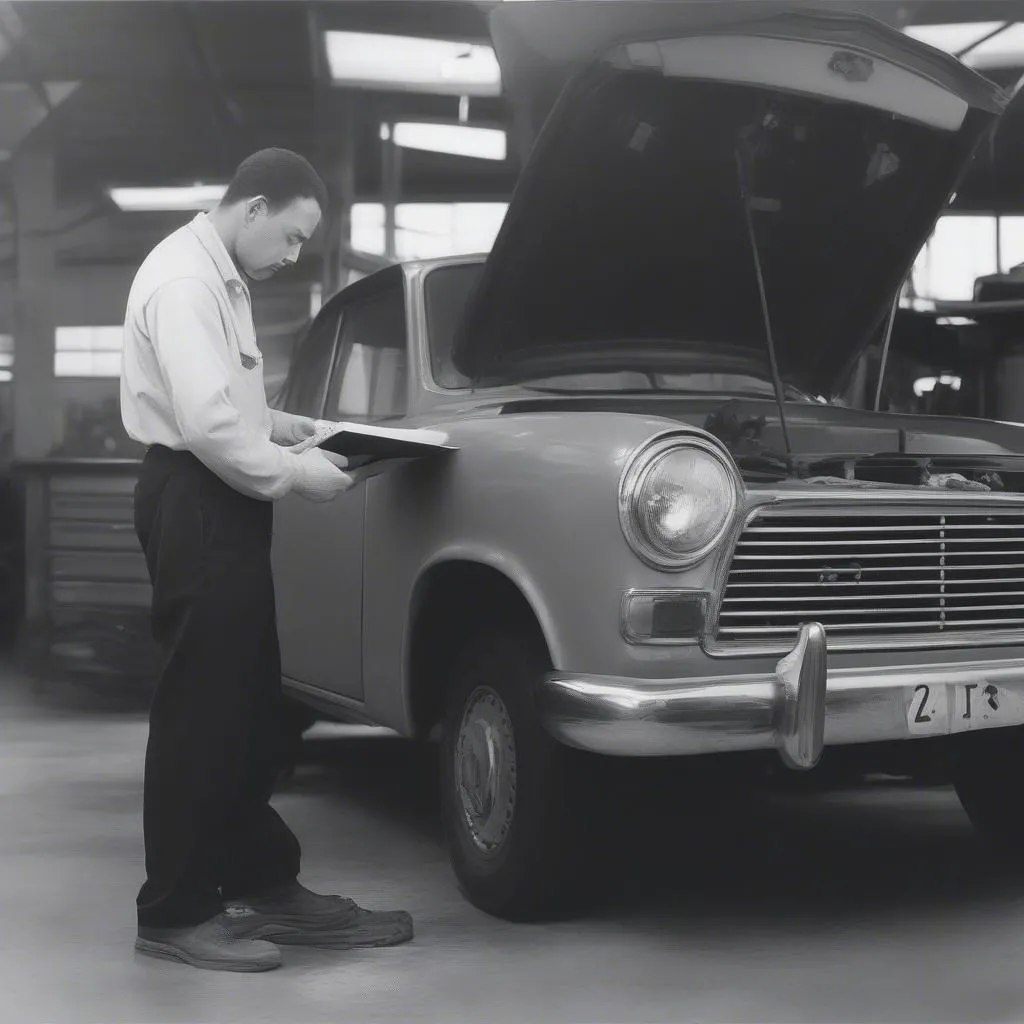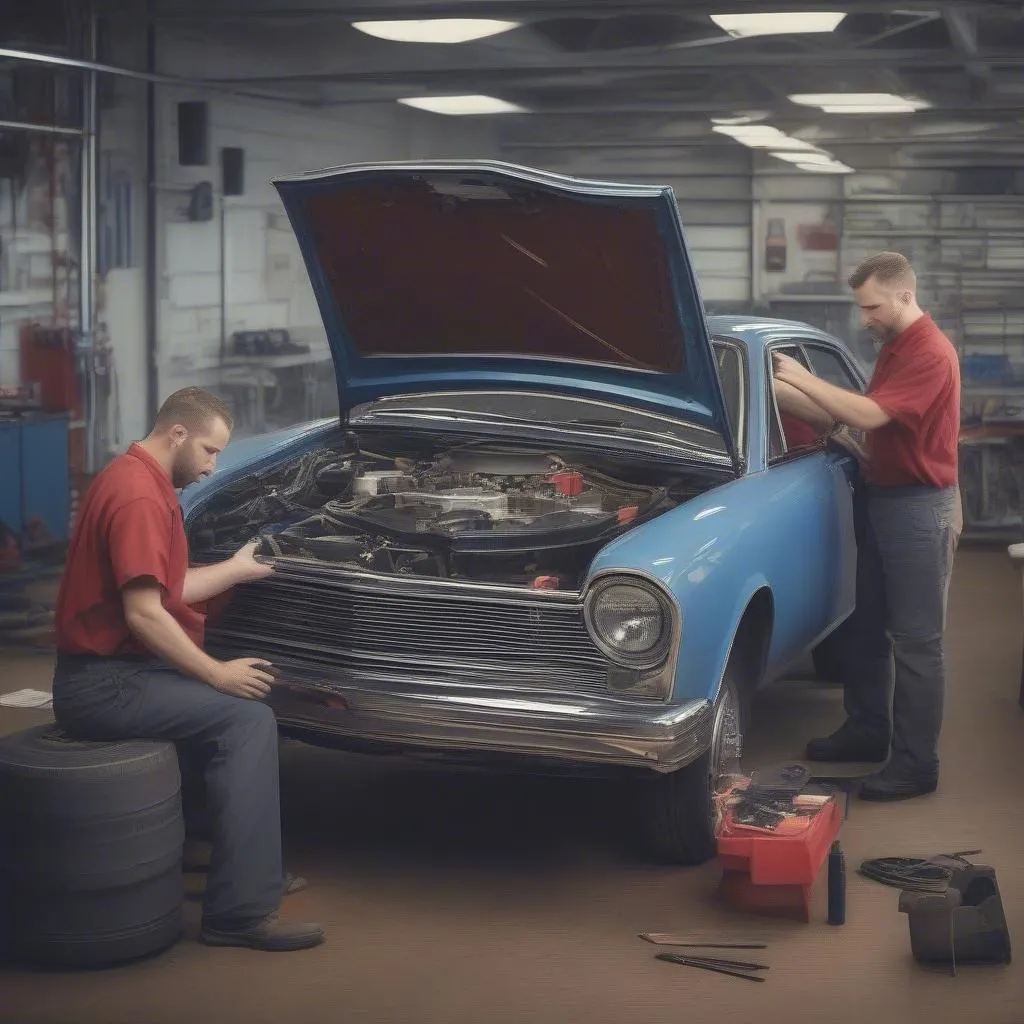Have you ever tried to delete codes from your European car using a Bosch OBD II scanner, only to find that the codes stubbornly refuse to disappear? It can be frustrating, especially when you’re eager to get your car back on the road and functioning smoothly. This situation is more common than you might think, and understanding the reasons behind it can help you troubleshoot the issue effectively.
Understanding the Issue
From the Mechanic’s Perspective
When a Bosch OBD II scanner fails to delete codes, it usually signifies an underlying problem with your car’s electronic control unit (ECU) or a communication issue between the scanner and the ECU. Imagine the scanner as a messenger trying to deliver a message to the ECU, but the message gets lost in translation. This can be caused by factors like:
- Faulty ECU: The ECU itself might be damaged or malfunctioning, hindering its ability to receive and process commands from the scanner.
- Loose or Damaged Wiring: The wiring connecting the scanner to the OBD II port could be loose, damaged, or corroded, interrupting the communication flow.
- Software Incompatibility: Some scanners are designed for specific car models and may not be compatible with your European vehicle, leading to communication errors.
- Incomplete Code Deletion: Some codes require specific procedures to be erased, and the scanner might not have the proper protocols implemented.
The Technical Side
The OBD II system relies on standardized protocols for communication between the scanner and the ECU. However, these protocols can vary depending on the vehicle manufacturer and model. Some European cars have more sophisticated ECUs that require specialized software and protocols for code clearing, and a generic Bosch OBD II scanner might not be equipped to handle these.
The Economic Impact
The inability to delete codes can lead to unexpected expenses. If the codes are related to a serious issue, ignoring them can result in further damage and costly repairs. Additionally, the inability to reset the “check engine” light can hinder the sale of the vehicle, potentially impacting its market value.
How to Fix the Issue
Here’s a step-by-step guide to resolving this frustrating situation:
- Check Scanner Compatibility: Ensure your Bosch scanner is compatible with your European car model. Refer to the scanner’s user manual or manufacturer website for specific compatibility information.
- Inspect OBD II Port: Examine the OBD II port on your car for any loose, damaged, or corroded wiring. If necessary, clean or repair the connections.
- Clear the Codes Repeatedly: Sometimes, simply trying to clear the codes repeatedly can work. Try clearing them multiple times, ensuring the scanner is properly connected to the OBD II port.
- Use Specialized Software: If your car uses a specific protocol, consider using a specialized software program for European vehicles. These programs are often designed to handle complex codes and protocols, increasing the chances of successful deletion.
- Consult a Mechanic: If all else fails, it’s time to consult a qualified mechanic specializing in European cars. They have access to advanced diagnostic tools and can identify and address underlying issues that may be preventing the codes from being deleted.
Common Questions and Answers
Q: What if the codes are related to a serious issue?
A: If the codes indicate a potential problem with your car’s safety or performance, it’s crucial to address the underlying issue. Consult a mechanic for a comprehensive diagnosis and repairs.
Q: Can I use a different OBD II scanner?
A: Yes, consider using a scanner designed specifically for European cars or with a broader range of compatibility. Make sure the new scanner supports the protocols used by your vehicle’s ECU.
Q: Is there a way to reset the “check engine” light without deleting the codes?
A: While some scanners allow you to reset the “check engine” light without clearing the codes, this is not recommended. Ignoring the underlying issue could lead to further damage.
Tips for European Car Owners
- Invest in a high-quality OBD II scanner designed for European cars.
- Keep your car’s maintenance records updated. This can help you identify recurring issues and address them proactively.
- Consult a specialized mechanic for any complex diagnostics or repairs, particularly for European vehicles.
Conclusion
While a Bosch OBD II scanner may not always be able to delete codes in European cars, understanding the reasons behind the issue can empower you to troubleshoot it effectively. By following the steps outlined above and seeking professional guidance when needed, you can ensure your car’s electronic systems function correctly and avoid potential problems down the road.
If you need further assistance with diagnostics or any other car-related issues, don’t hesitate to contact our team of experts at Tech Car USA. We’re here to help you keep your car running smoothly.
 OBD II Scanner
OBD II Scanner
 Car Maintenance
Car Maintenance
 Tech Car USA Team
Tech Car USA Team